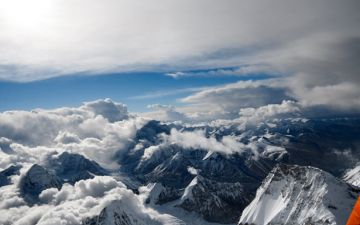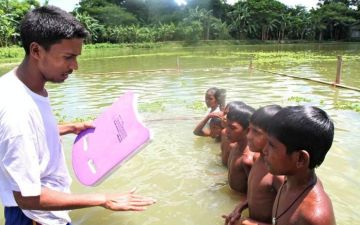Kashmir, the ruggedly beautiful mountainous region that lies along the India-Pakistan border, was long known as 'paradise on earth,' but in recent decades it has been more like hell thanks to the bloody conflict that has claimed over 90,000 lives. Now relative peace has returned to the region but another disaster looms: The glaciers, rivers, and forests in Kashmir are disappearing.
In a state whose economy depends on agriculture and tourism, the decrease in water resources is catastrophic. River and stream levels are down by two thirds in just 40 years. Deforestation and logging have resulted in silt build-up that has blocked the natural springs feeding Kashmir's lakes, which are also threatened by the absence of sewage systems needed to separate toxins from water sources.
From trekking with scientists to Himalayan glaciers, tracking deforestation, and wading through the lakes of Srinagar to monitor the extent of water pollution, this project analyzes the environmental situation in Kashmir and looks at what is being done to combat the crisis.





